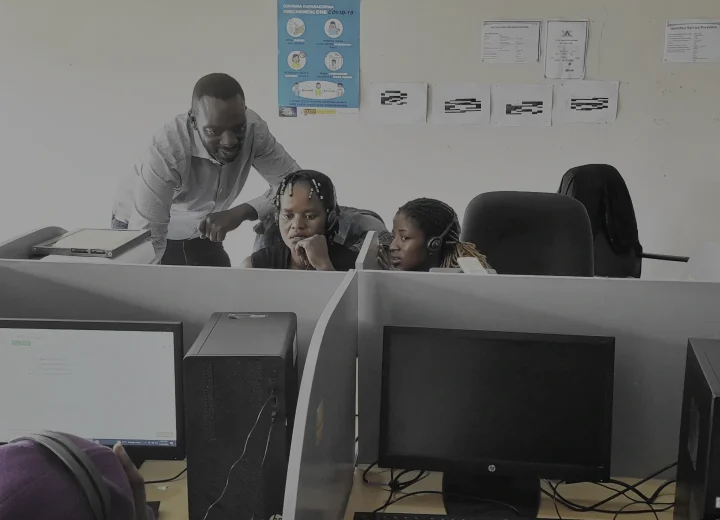Software and Digital Solutions Consultants
Our mission is to catalyze business transformation by delivering cutting-edge software and digital solutions.


DEVELOPMENT
of complex business-critical applications.

SKILLED TEAM
of complex business-critical applications.

DEVELOPMENT
of complex business-critical applications.

Gaming & Enterteinment

Information Technology

Retail & Distribution

Business & Finance

Your Partner for
Software Innovation
DataAge is the partner of choice for many enterprises, SMEs and technology challengers. We help businesses elevate their value through digital solutions which include software development, digital marketing, chatbots.
We can help to maintain and modernize your IT infrastructure and solve various infrastructure-specific issues a business may face.
We Offer a Wide
Variety of Services
Custom Software Development
Outsoursing Development
Software Product Development
We Offer a Wide
Range of Services
Web Development
We build websites, web applications, and online platforms using various technologies.
Software Consulting
Providing expertise and advice on software-related matters, helping businesses choose the right technologies and strategies.
Mobile Development
We develop applications for mobile devices, such as smartphones and tablets, across different platforms.
BI Analytics
We help organisations seeking to derive insights from their data and make informed business decisions.
UI/UX Design
We enhance the usability and visual appeal of software applications for a better user experience.
Digital Promotions
A Digital promotion uses social media, phones, and other electronic devices to advertise or sponsor a product or service.
UI/UX Design
Build the product you need on time with an experienced team that uses a clear and effective design process.
Dedicated Team
Build the product you need on time with an experienced team that uses a clear and effective design process.
active Clients
projects done
team advisors
Glorious Years
Innovative Solutions, Seamless Execution
Explore some of our projects that we are proud of.
Improve and Innovate with the Tech Trends
Our team can assist you in transforming your business through latest tech capabilities to stay ahead of the curve.
- Application Development
- BI Consulting and Implementation
- Machine and Deep Learning
- Data Quality Management






















